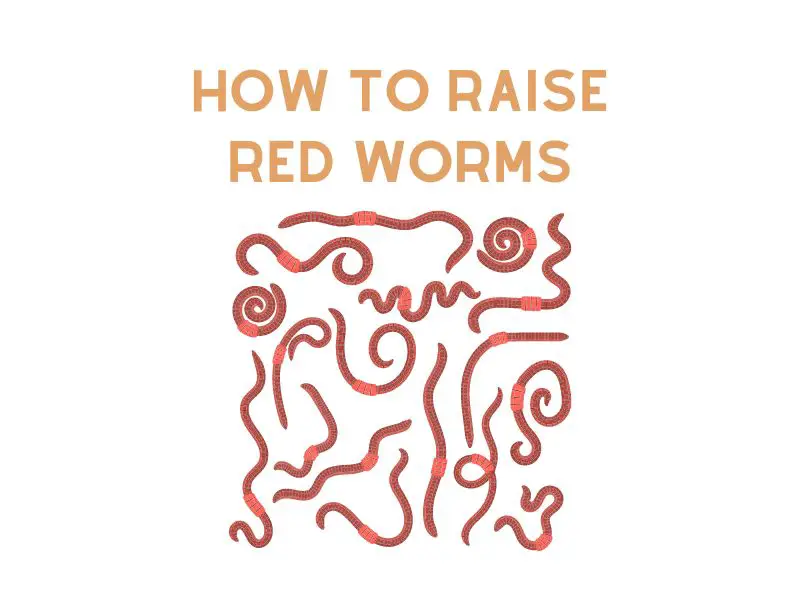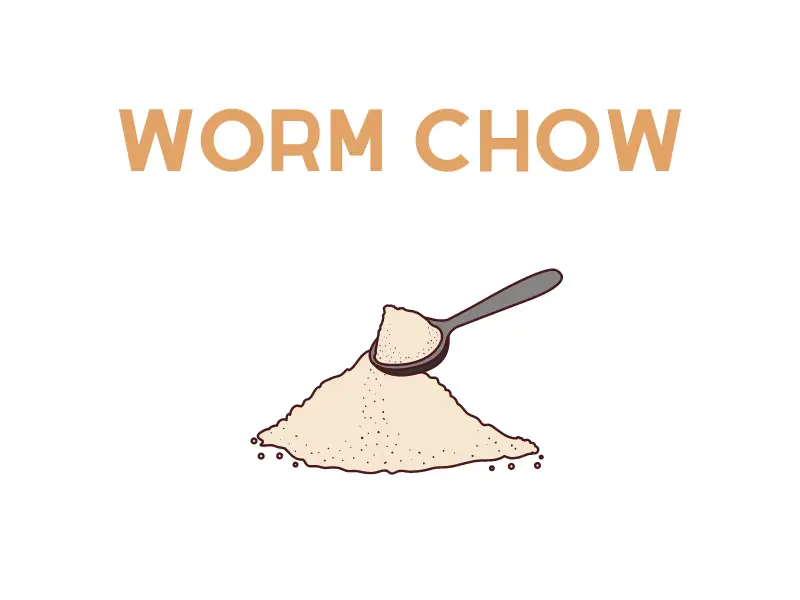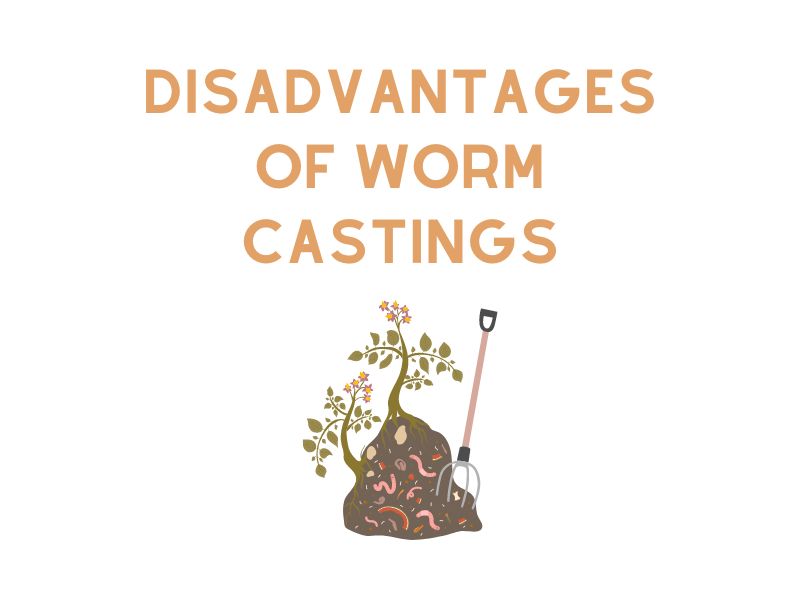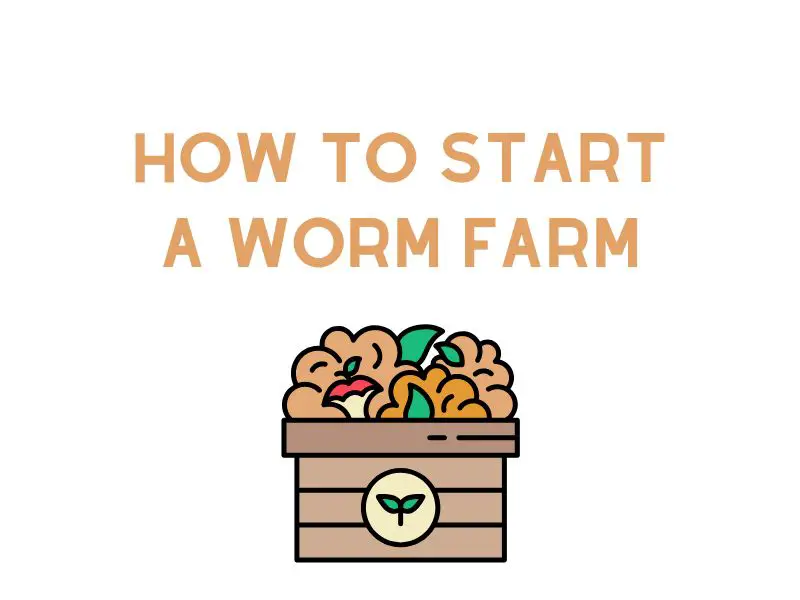Raising red worms, often celebrated as nature’s diligent recyclers, can be a rewarding experience for those who appreciate the subtle art of vermiculture. At the heart of this venture lies the fundamental understanding of what worms can and cannot tolerate. Worms, like any living organism, have specific needs and conditions in which they thrive. While setting up your worm bin, the size of the container is paramount; it has to ensure enough space for the worms to live, breed, and move. The environment inside a worm composting bin must be kept moist, a habitat where worms can happily go about their day-to-day activities.
Since worms have specific dietary needs, being aware of what worms can eat is vital. Feeding them the right feed ensures they live and flourish, but one wrong ingredient can potentially kill your worms. Whether you’re planning to keep your worms inside or explore the idea of nurturing worms outside, understanding the nuanced differences is crucial. Naturally, the primary objective is to encourage the worms to thrive, and this requires knowledge of the ways to get rid of threats and conditions that can kill worms.
Of course, the worms are not just for composting; breeding worms has multifaceted benefits, and you can also raise them for various purposes. As we embark on this guide, remember that a successful vermiculturist does more than provide a habitat. They love worms, understand what worms love, and ensure that these marvelous creatures survive and prosper in the environment they’ve set up for them. So, let’s dive into the intriguing world of red worms and explore how to raise them most effectively.
What are Red Wigglers?
While there are more than 7,000 species of earthworms, if your goal is composting, then it is hard to go wrong with red wigglers. They thrive on the upper layer of soil and feed on decaying matter or microorganisms. One thing that makes them different from other types of earthworms is that they do not burrow or create tunnels. They also reproduce quickly, making them great if you want to produce more worms in a short time, especially if you will be using worms as fishing bait.
Raising Redworms
The thought of starting a worm farm at home can be intimidating. Nonetheless, it is a lot easier than you might have imagined. It is important to do your research to be sure that you are doing the right thing. This section will walk you through some of the most important steps for breeding red wigglers. Even if it is your first time raising red worms, things don’t have to be complicated.
1. Prepare the Composting Bin
The first thing that you need to do is to get the composting bin ready. You can choose almost any container for this, including those made of plastic. Choose the right size depending on the number of worms that you would like to add in the compost. Drill holes about three inches apart. The holes should be big enough for water to pass through. This will help in draining the soil. Otherwise, water will accumulate on the soil and will make it a breeding ground of bacteria. This will make it an unhealthy environment for red worms.
After preparing the composting bin, now is the time to add the bedding. It is composed of different materials that will provide an environment where the worms will thrive. Soil, peat moss, and aged manure are some of the must-haves. Add a few drops of water, preventing the soil from being too soggy.
2. Add the Worms
Now that the bedding is ready, add two pounds of red wigglers. This is not an absolute number. You can add more or less than that depending on the size of the composting bin. Make sure that they are not cramped into the bin. There should be enough room for them to move around. Otherwise, they will die, and hence, you will not succeed in raising red worms.
Population density is one of the most important things that you need to understand in raising red worms. If there are too many worms in a small space, then this will slow down breeding. When they are overcrowded, the available food supply also depletes quickly.
3. Position the Bin
With the worms added to the bin, make sure that it is in the right position. It can be placed indoors or outdoors, and the choice of which will depend on the climate where you are from. Red wigglers will thrive best when the temperature is anywhere from 50 to 85 degrees Fahrenheit. When the environment is outside this range, they will slow down and stop reproduction. Worse, the worms will die. It is best to invest in a soil thermometer for checking the temperature. During winter or summer, you might also need to reposition the bin.
4. Feed the Worms
Aside from providing an ideal environment, it is also important to feed the worms properly. They eat almost the same things as other earthworms. Feed the worms only once a week. The food should be moist and never soggy. Add garden waste and kitchen scraps. Tear them down into pieces so that they will be easier for the worms to consume. Fruit peels, dry leaves, coffee grounds, and crushed eggshells are some of the best foods. You also have to avoid certain items, including those that are acidic, citrusy, and oily.
5. Get Ready for Harvest
Eventually, you will have to harvest the red worms out of the bin and add them to your compost or use them as bait on your next fishing trip. After four to six weeks, you can start collecting the red worms on the top of the soil. Harvest those that are only two to four inches from the top. This is where you will find most of the adult worms in the bin. You can move them to other composting bins or use the worms as bait. Do not harvest worms that are too small. Leave them in the compost and take them out once they have fully grown, especially if your goal is to use red wigglers as bait. Tiny worms can be difficult to hold and hook, so it is best to let them grow before taking them out of the bin.
Frequently Asked Questions (FAQ)
What is a worm bin?
A worm bin is a container specifically designed to house a population of worms for the purpose of composting organic materials.
How do I raise worms?
To raise worms, you will need to create a suitable environment for them to thrive. This includes providing them with adequate moisture, temperature, and food sources.
What should I feed my worms?
You can feed your worms a variety of organic materials such as fruit and vegetable scraps, coffee grounds, tea bags, paper waste, and leaves.
What is worm compost?
Worm compost refers to the nutrient-rich organic material that is produced through the decomposition of organic waste by worms.
How many worms are in a pound?
There are typically around 1,000 worms in a pound of worms, although this number can vary depending on the species and size of the worms.
What are compost worms?
Compost worms are a type of earthworm species that are commonly used for vermicomposting. They are highly efficient at breaking down organic waste.
What do worms need to survive?
Worms need a suitable habitat with moisture, oxygen, and organic materials to feed on. They also require a stable temperature range to thrive.
What is the best bedding material for worms?
The bedding material for worms should be relatively neutral in pH and provide good aeration. Common choices include shredded paper, coconut coir, and aged compost.
Can I use a plastic bin for a worm bin?
Yes, a plastic bin can be a suitable container for a worm bin. Just make sure it has proper drainage holes and a lid to control the moisture levels.
Do I need a new bin to start worm composting?
No, you don’t necessarily need a new bin to start worm composting. You can repurpose an old container or build your own using materials like wood or repurposed plastic containers.
Conclusion
Raising red worms is an art and science that holds a myriad of benefits, both for the environment and for personal use. When one decides they want to raise these beneficial creatures, there are several things to consider. The setting up of a worm bin is crucial; it should have holes in the bottom and should be of an appropriate size for the container to keep worms alive and thriving. Worms require specific conditions to stay alive, which means it’s essential to keep your worm bed moist but not overly saturated.
The amount of worms you start with, perhaps one pound of worms, is an important consideration to get you started. Over time, as baby worms emerge and your worm population increases, you’ll find that you have plenty of worms for every need, be it for worm composting, as a form of a worm treat for pets, or even used as fishing bait. Feed worms with care – they have a particular diet and while worms will eat a variety of organic materials, there are certain contents of the bin which can be toxic to the worms, causing your worms to die.
Understanding the difference between various worms, like nightcrawlers and red wigglers, is also essential. If worms aren’t given the right conditions, they might not survive. However, if you give your worms the right environment and the proper care, you’ll find that worms can survive both inside and outside, with worms outdoors needing a slightly different care routine. Worm farmers know that to raise their worms effectively, one must continually monitor the health and happiness of the worms. If the worms seem distressed or if worms are dying, it’s a clear indication that something needs to change.
In the journey of raising earthworms, love for these creatures often grows. After all, worms do manage to play a massive role in the ecosystem by breaking down waste and rejuvenating the soil. So, if you’re contemplating making a home for these creatures, remember that it’s more than just keeping a lot of worms – it’s about understanding and catering to their needs. By paying attention to what the worms like and don’t like, and by ensuring that your actions won’t hurt the worms, you will be well on your way to a successful worm-raising adventure. Happy worm farming!




